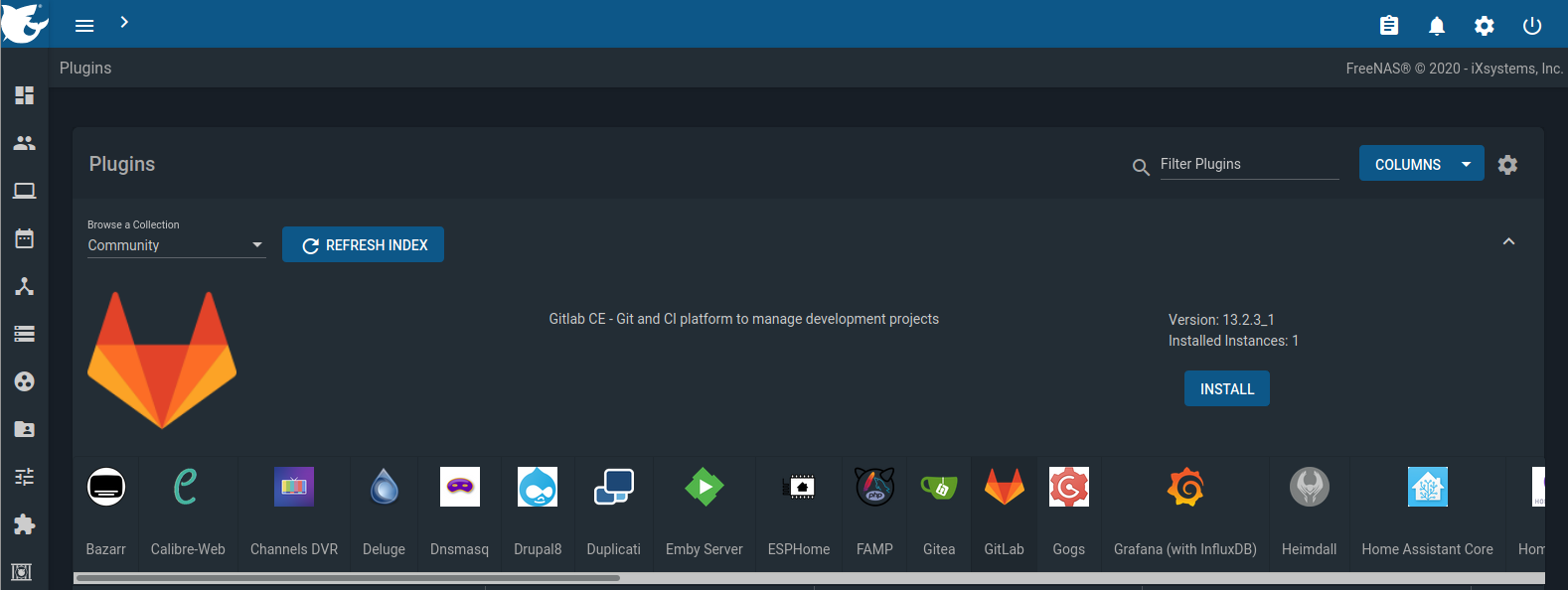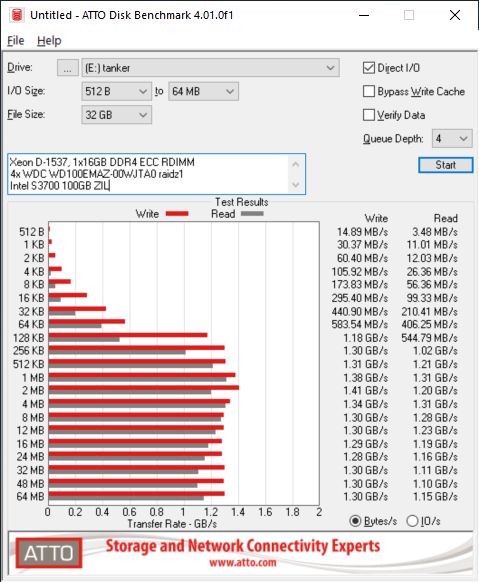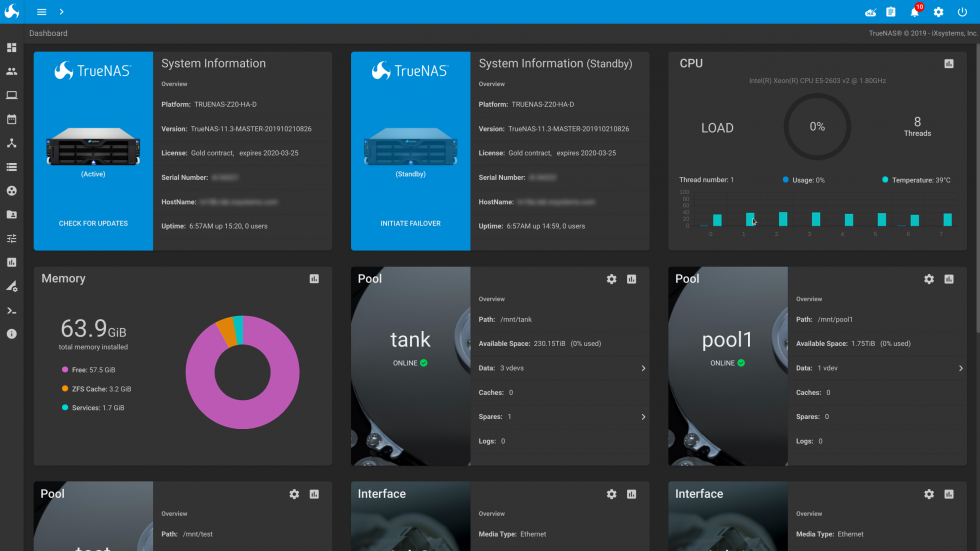

zfs send -R - pool/ įor more information, see Sending and Receiving Complex ZFS Snapshot Streams. For example: # zfs send -I pool/ pool/ > /snaps/fsclonesnap-Iįor an extended example, see Example 6-1. The original snapshot must already exist on the receiving side to accept the incremental stream. Send an incremental stream from the origin snapshot to create a clone.

Send all incremental snapshots between to to. Send all incremental streams from one snapshot to a cumulative snapshot. Solaris Express Developer Edition 1/08: This release includes the following enhancements to the zfs send command. Using the zpool iostat command as follows: # zpool iostat -v pool 5Ĭache devices can be added or removed from the pool after theįor more information, see Creating a ZFS Storage Pool with Cache Devices and Example 4-3. One or more cache devices can specified when the pool is created.įor example: # zpool create pool mirror c0t2d0 c0t4d0 cache c0t0d0Īfter cache devices are added, they gradually fill with content from main memory.ĭepending on the size of your cache device, it could take over an Using cache devices provide the greatest performance improvement for random read-workloads of mostly Solaris Express Developer Edition 1/08: In this Solaris release, you can create pool and specify cache devices, which areĬache devices provide an additional layer of caching between main memory and disk.

ZFS Backup and Restore Commands are Renamed Using ZFS to Clone Non-Global Zones and Other Enhancements Upgrading ZFS Storage Pools ( zpool upgrade) Replacing a ZFS File System With a ZFS Clone ( zfs promote) Recursively Renaming ZFS Snapshots ( zfs rename -r)ĭisplaying All ZFS File System Information Upgrading ZFS File Systems ( zfs upgrade) ZFS Command History Enhancements ( zpool history) ZFS File System Properties for the Solaris CIFS Service ZFS Quotas and Reservations for File System Data Only Using Cache Devices in Your ZFS Storage Pool This section summarizes new features in the ZFS file system.


 0 kommentar(er)
0 kommentar(er)
